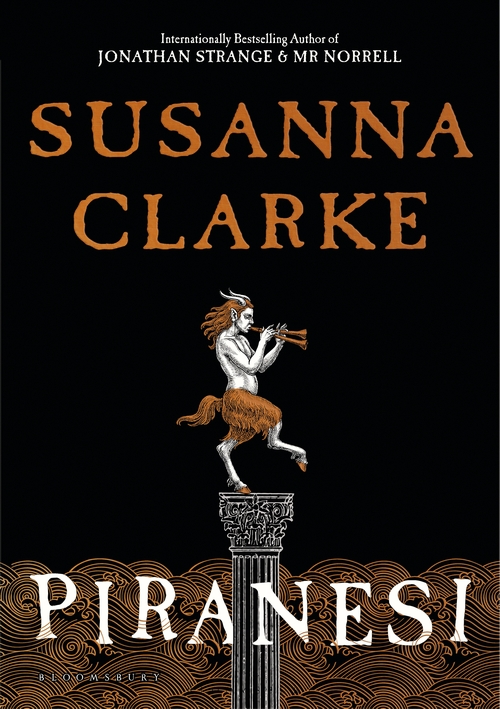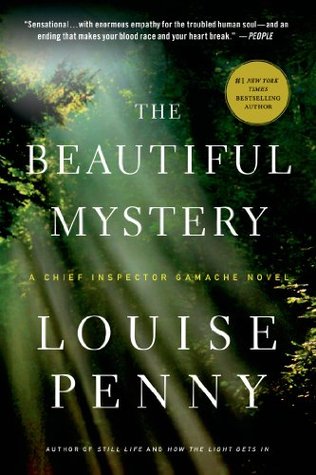
The Dead Mountaineer’s Hotel [1970] – ★★★★
Boris and Arkady Strugatsky were brothers known for their philosophical sci-fi (Roadside Picnic, Hard to be a God, Noon, etc.), some of which were also later adapted into well-known films, but The Dead Mountaineer’s Hotel can be said to be a rather unusual entry in their bibliography. It is a “locked-room” detective mystery and reads like one – we see Inspector Glebsky arriving into one small hotel in a secluded European valley at the peak of the winter season, and, there, encountering a rather unusual group of residents: a magician, a rich and eccentric businessman, and a self-proclaimed famous physicist, among others. Strange things start to happen in this hotel, and Inspector Glebsky is soon forced to abandon his holiday plans to begin his investigation into a crime which no guest residing in the hotel could have possibly committed. A wintery read through and through, The Dead Mountaineer’s Hotel is a page-turner of a novel that rethinks traditional detective tropes as it provides entertainment full of intrigues.
Continue reading “Review: The Dead Mountaineer’s Hotel by Boris & Arkady Strugatsky”































 The Innocent Anthropologist: Notes from a Mud Hut [1983] by
The Innocent Anthropologist: Notes from a Mud Hut [1983] by 

